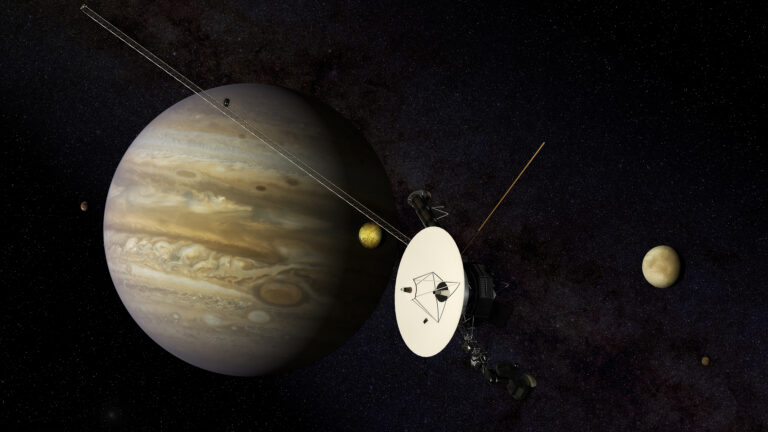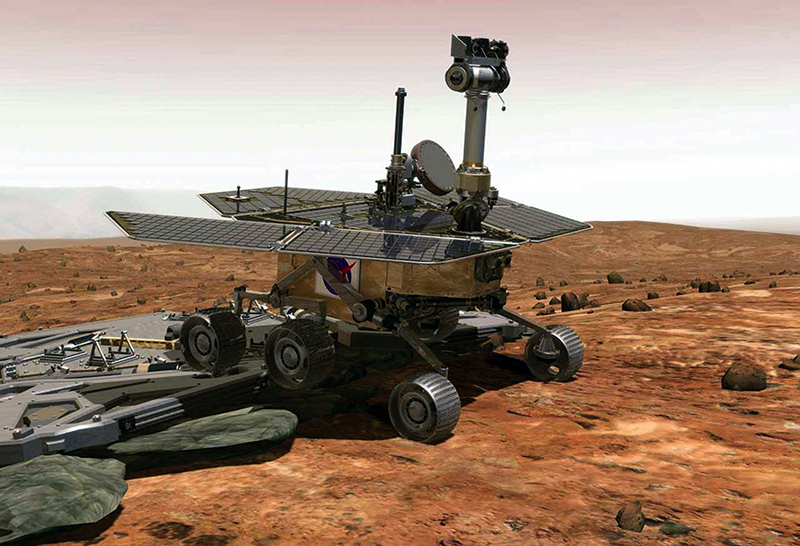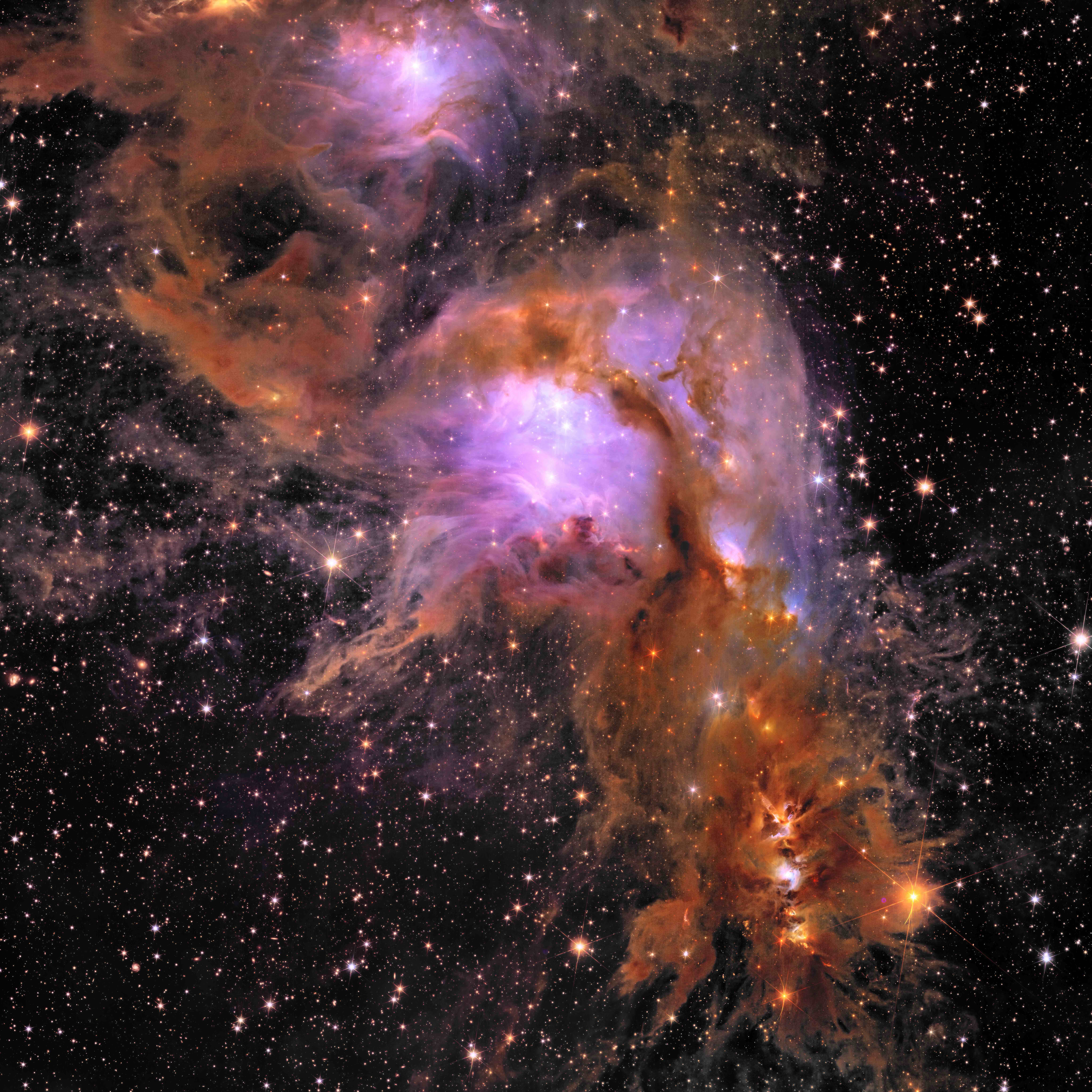
Key Takeaways:
Scientists with the European Space Agency’s Euclid mission released a fresh batch of breathtaking images of our universe this week. This is the second set released after a similarly stunning batch from last November, which provided a sneak peek of the telescope’s capabilities before researchers began analyzing the data in earnest.
The new batch of images hold exquisite detail that once again shows off the robotic telescope’s capabilities. They accompany several new discoveries, reported in a series of 10 papers published May 23. These are the first science results released for the six-year mission, which launched last July.
Those results include the discovery of free-floating, or rogue, planets hidden within a stellar nursery in Orion and a new dwarf galaxy hiding close to a nearby, well-studied spiral galaxy. Researchers even uncovered some 1,500 billion “orphaned stars” in the Perseus cluster of galaxies, whose presence suggests the dense cluster merged with another galaxy group not too long ago.
All in all, the new finds illustrate that Euclid can surpass its main science goals, astronomers say.
“It’s no exaggeration to say that the results we’re seeing from Euclid are unprecedented,” Carole Mundell, ESA’s director of science, said in a statement. “It’s both thrilling and a little overwhelming to keep up with all the developments,” Mike Seiffert, the NASA project scientist for the Euclid mission, said in a statement by the space agency.
In a pre-recorded video released Thursday (above), the Euclid team once again hailed the telescope’s capability to observe large portions of the universe up to 10 billion light-years away in unprecedented detail. Euclid is designed to investigate how dark matter and dark energy have shaped the universe over its history. To do that, Euclid is mapping some of the earliest galaxies in the universe from its perch about a million miles (1.5 million kilometers) from Earth. The 3D maps will unveil the distribution of dark matter based on how the mysterious substance bends light from galaxies behind it, a phenomenon known as gravitational lensing.
“Scientists are using what they can see in the light to try to trace what we cannot see in the dark,” Mundell said in the video. “This actually gives me goosebumps when I think about the power of Euclid to really unveil the hidden cosmos.”
Astronomers say these results are just the tip of the iceberg of what Euclid will achieve by 2030, when it will have mapped more than a third of the sky and imaged over a billion galaxies. “They give just a hint of what Euclid can do,” said Euclid project scientist Valeria Pettorino. “We are looking forward to six more years of data to come!”
Dark matter in Abell 2390
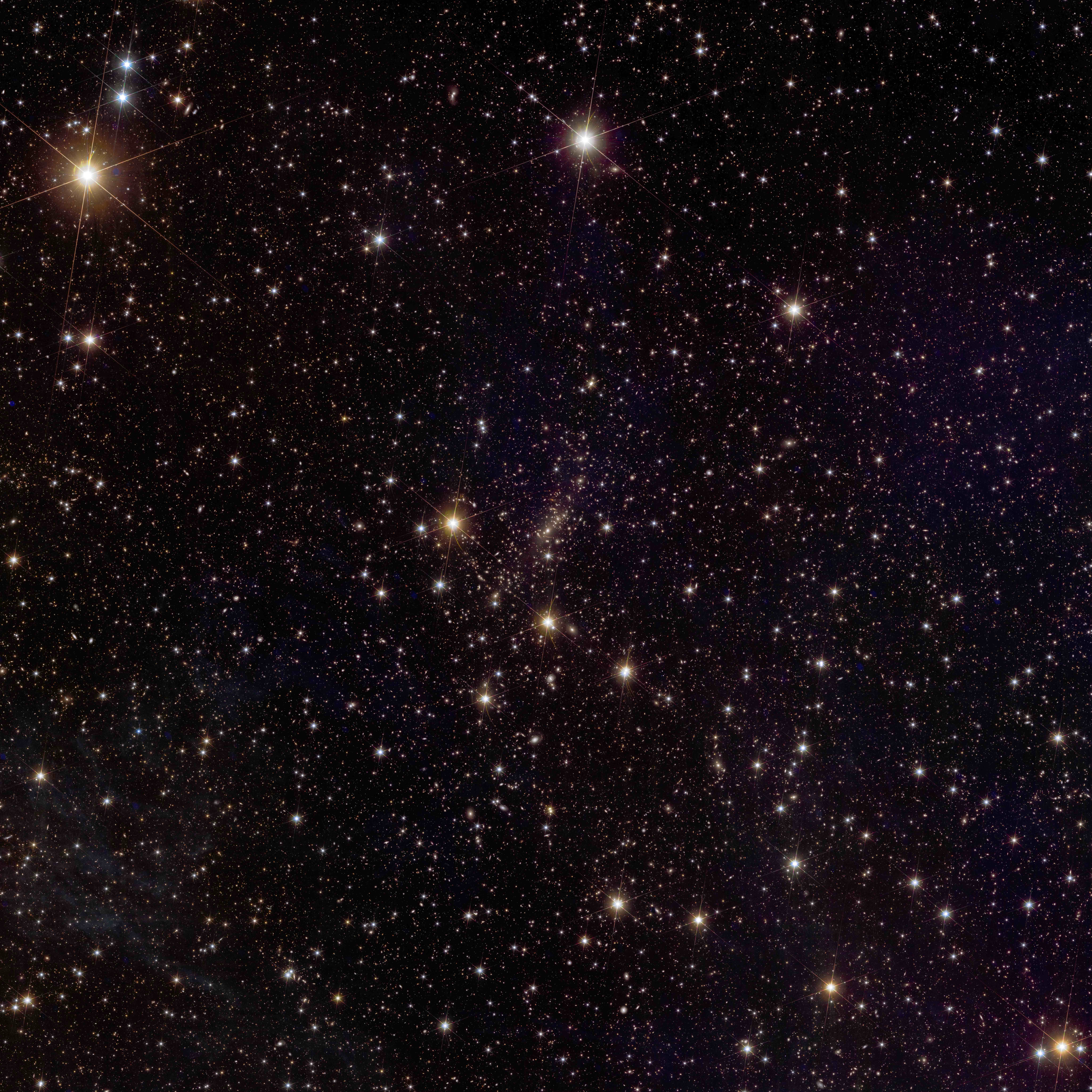
You are viewing Abell 2390, a cluster comprising tens of thousands of gravitationally bound galaxies some 2.7 billion light-years from Earth in the constellation Pegasus. Its cosmic distance means light from this cluster started its journey toward Earth as the first living organisms were sprouting on our planet.
Galaxy clusters can contain trillions of times the mass of our Sun and are dominated by dark matter. Images such as these allow astronomers to map how dark matter is distributed within galaxy clusters by studying how its gravity warps the light from more distant galaxies located behind the foreground group. Gravitational lensing smears light from background galaxies into arcs, with the same distant galaxy sometimes showing up as multiple images.

A hidden dwarf galaxy near NGC 6744
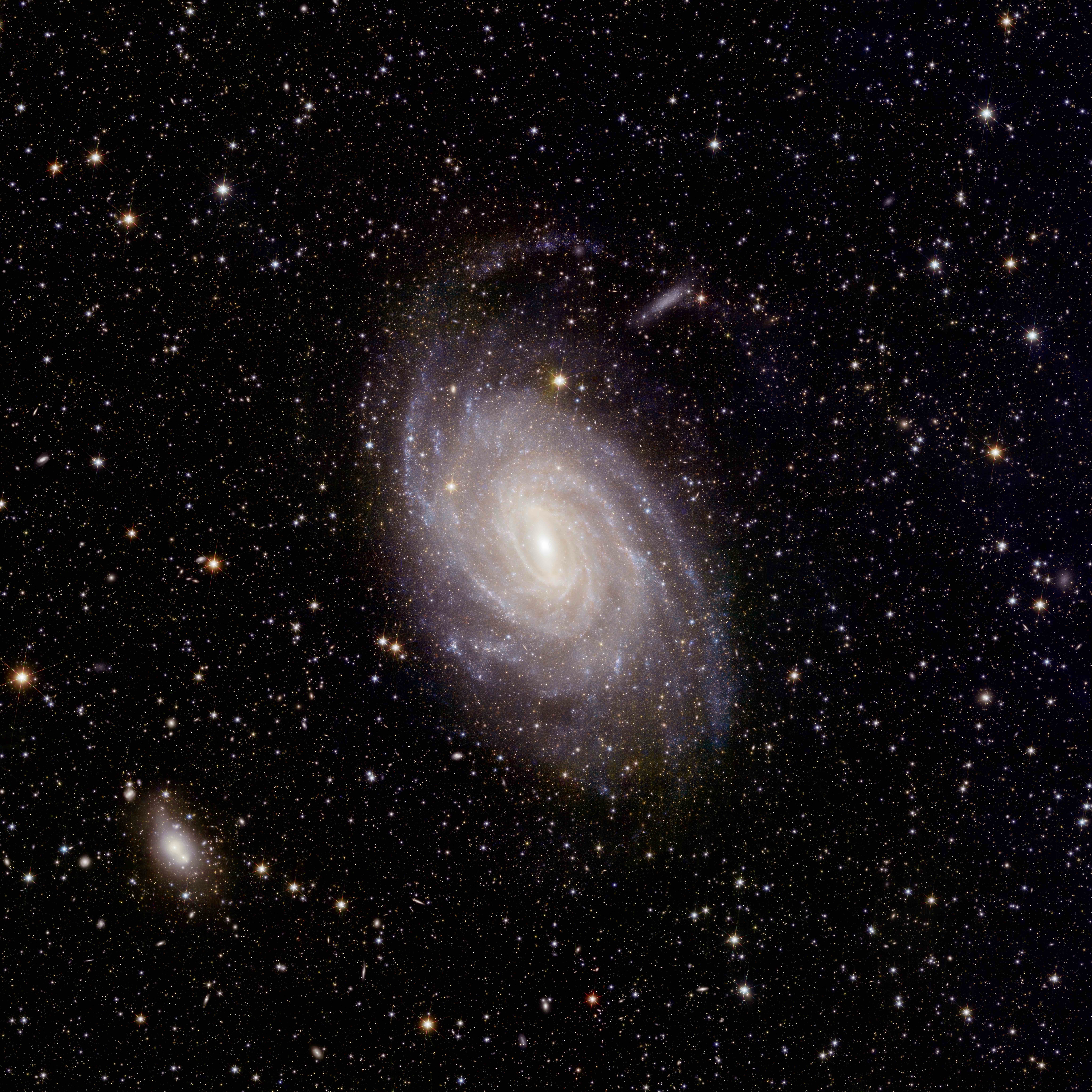
Each speckle of blue light in this image represents a very hot, young star in the large spiral galaxy NGC 6744, which is about 30 million light-years from Earth in the southern constellation Pavo. Astronomers say studying this image can uncover clues about how the dust and gas in a galaxy’s swirling arms contribute to star formation.
Although NGC 6744 is relatively nearby, Euclid’s view of it is unprecedented. “While it is quite common to have a detailed view of small portions of star forming regions, it is quite rare to have such a detailed view of the whole galaxy,” said Francesca Annibali of the National Institute of Astrophysics (INAF) in Italy. “We can even count individual stars.”
This galaxy has already been extensively studied, so astronomers were surprised to find a previously unknown dwarf galaxy nearby. It appears as a foggy ellipse of light that NGC 6744 appears to be flinging off to its upper right. The zoomed-in view below shows a trail of stars from a disrupted arm of NGC 6744 all the way to the smaller galaxy, betraying a recent interaction between the two.
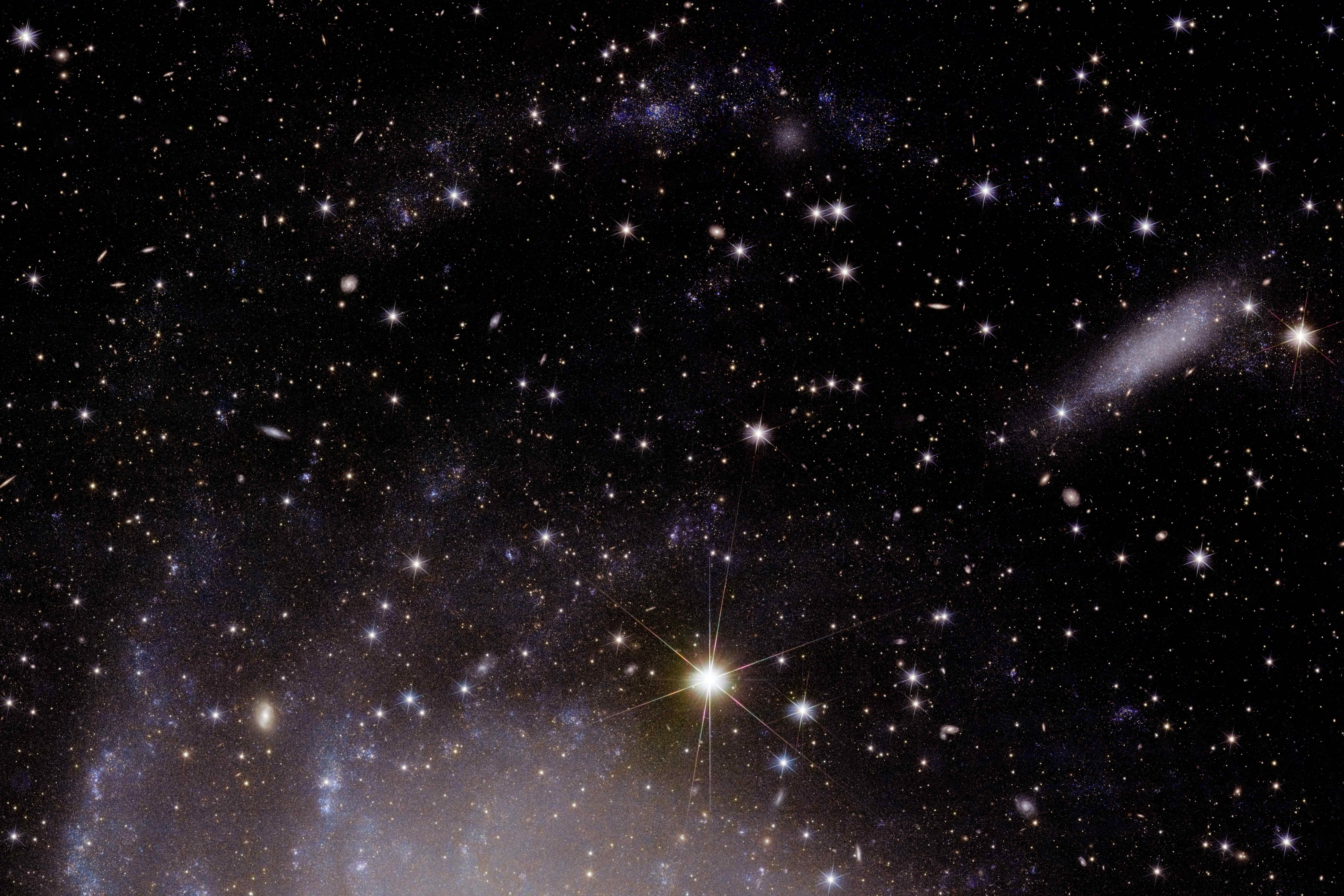
Rogue planets and baby stars in M78
M78 is the bright central region in this larger, seahorse-shaped complex of star-forming dust and gas. Credit: ESA/Euclid/Euclid Consortium/NASA, image processing by J.-C. Cuillandre (CEA Paris-Saclay), G. Anselmi
Young stars and planets previously hidden by dust have come to light in this image of M78, a stellar nursery some 1,300 light-years from Earth in Orion.
“This image is unprecedented,” said Marusa Zerjal of the Instituto de Astrofísica de Canarias in the Canary Islands. It is the first snapshot of this region in such exquisite detail, and astronomers can finally peer past the thick blanket of dust to study the bright blue stars hiding within.
Euclid has now unveiled 300,000 new objects in and around M78, including for the first time free-floating planets a few times heavier than Jupiter. Such starless worlds are one potential candidate for dark matter.
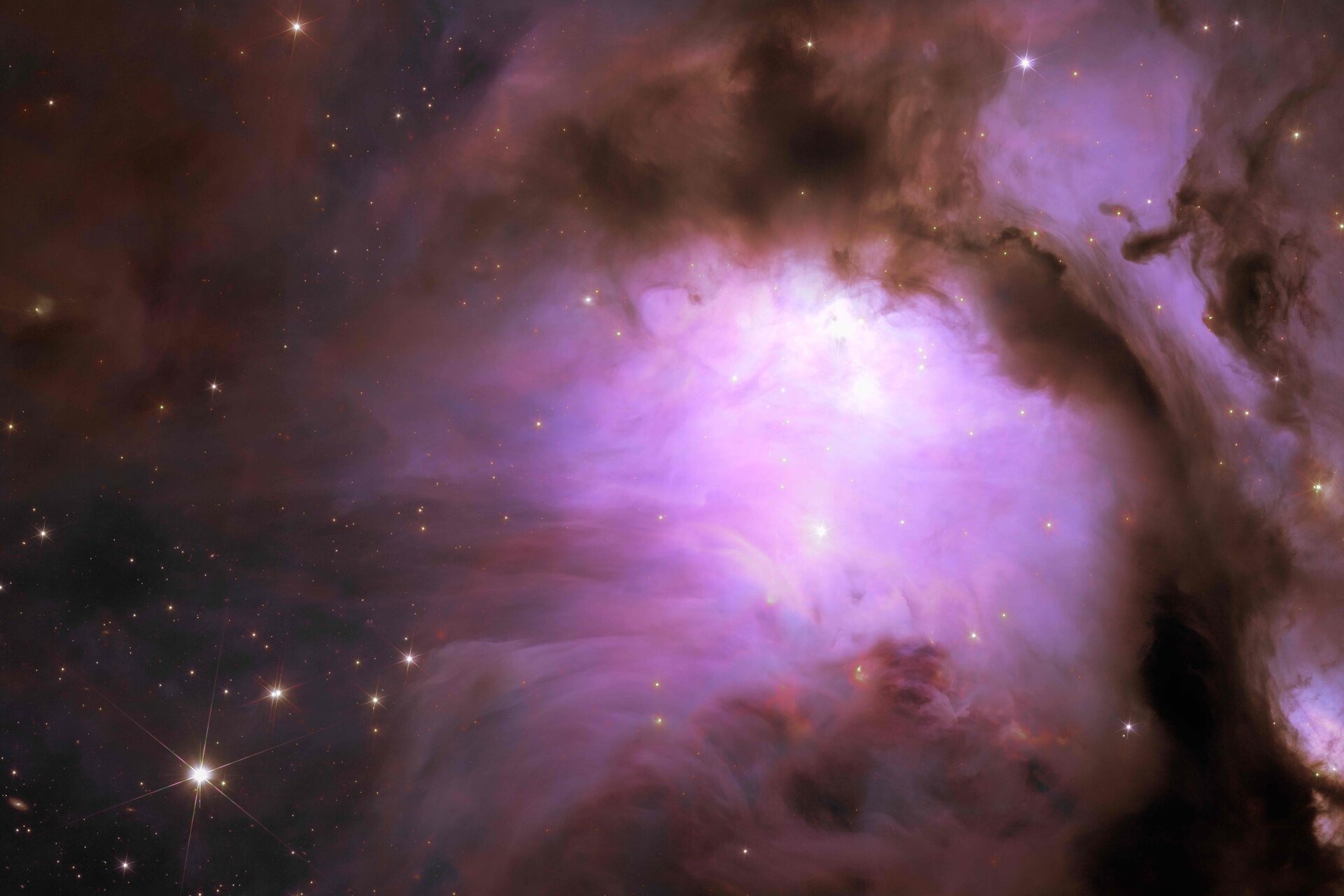
Abell 2764 and its surroundings
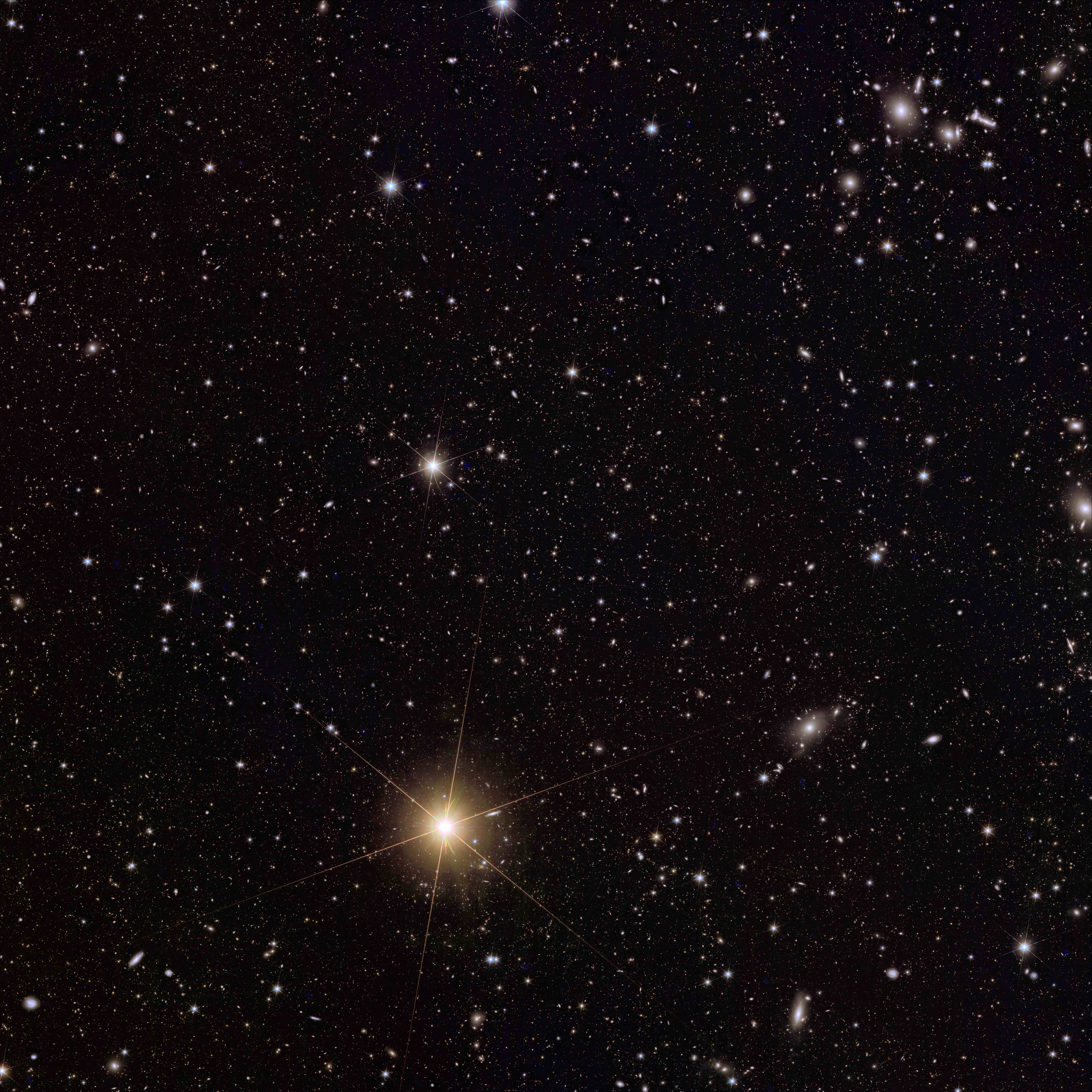
At first glance, this image shows only a bright star and some scattered galaxies. But look closely at the upper right-hand corner, and you’ll spot Abell 2764, a massive cluster of galaxies that resides about 1 billion light-years from Earth. Because the cluster is not centered, astronomers can use it to explore the very outskirts of Abell 2764, where cluster galaxies are sprinkled among other galaxies in the field that are not associated with the cluster.
It may seem that a bright yellow star at lower left should be the image’s focus, but Euclid scientist Jean-Charles Cuillandre told CBS News that its inclusion in the frame was actually due to an error in pointing the telescope. However, he added, its presence shows just how adept Euclid is at capturing faint, distant objects even with a bright star in the frame.
Within Abell 2764, astronomers see signs of galaxies interacting with each other. Below, the close-up of a portion of the cluster reveals galaxies whose stellar halos appear noticeably disrupted, revealing how they are gravitationally influenced by near neighbors.
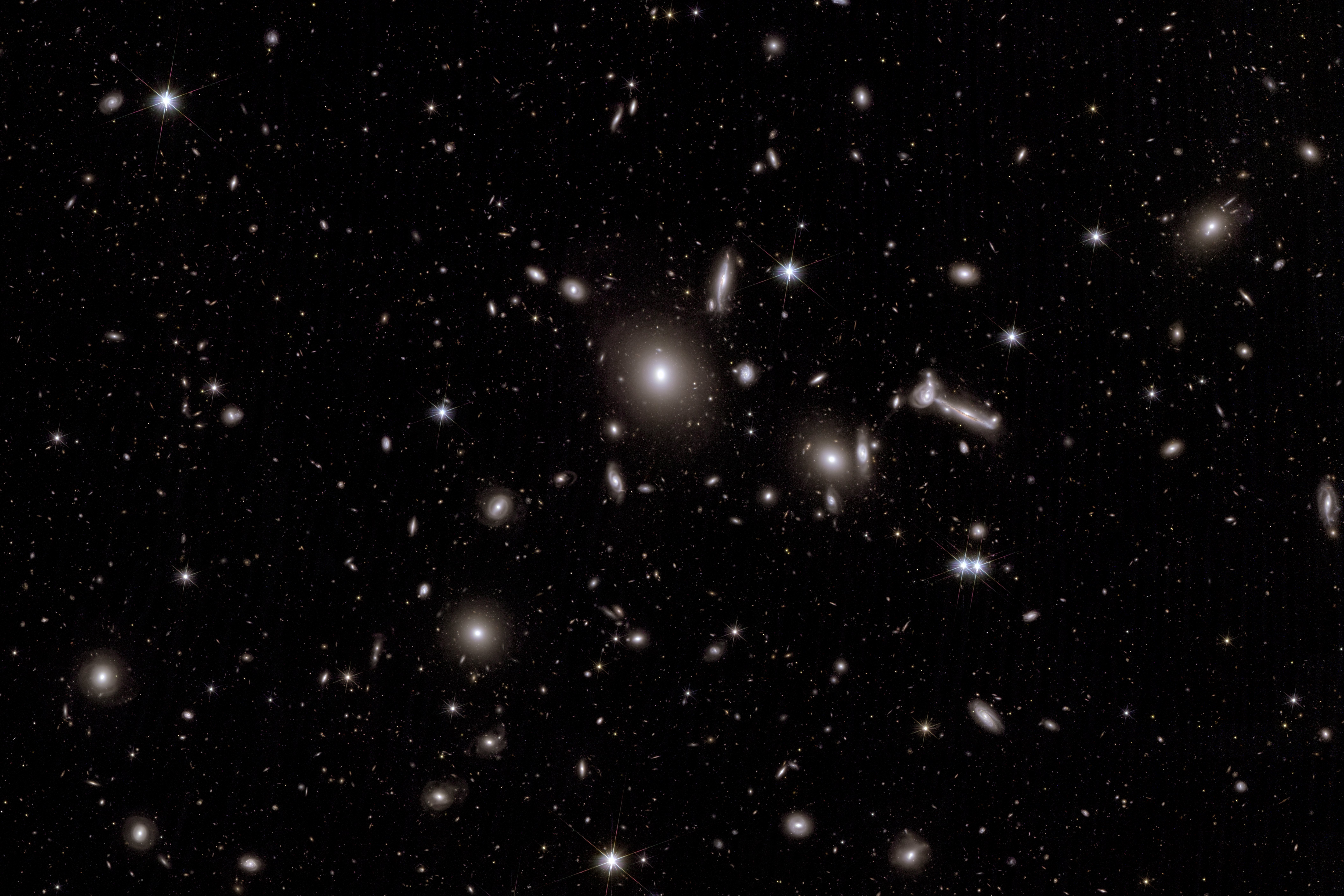
Galaxy evolution in the Dorado Group
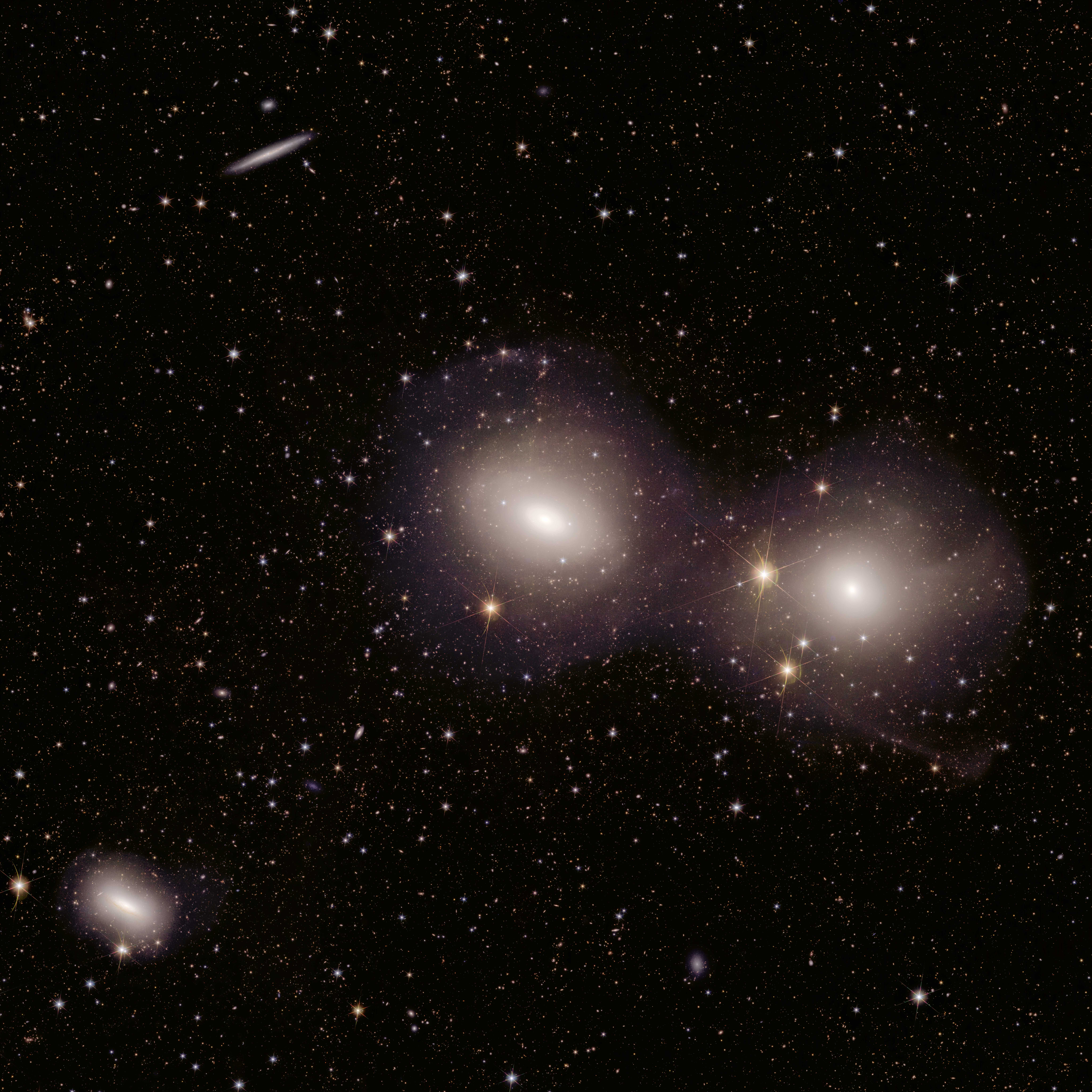
Galaxy mergers are quite common throughout the universe. In this image, “We see galaxy evolution as it’s happening,” said Karina Voggel of the Strasbourg Observatory in France. The shot shows two galaxies merging within the Dorado Group 62 million light-years away. The interaction has already resulted in slightly disrupted shapes, including wispy tidal tails.
In addition to showing disruptions as the galaxies merge, this image is also allowing researchers to catalog individual globular clusters within the galaxies. Previously, identifying such clusters was only possible by piecing together tiny chunks of data. That’s changing fast thanks to Euclid. “For us, it has been a revolution,” said Voggel.





